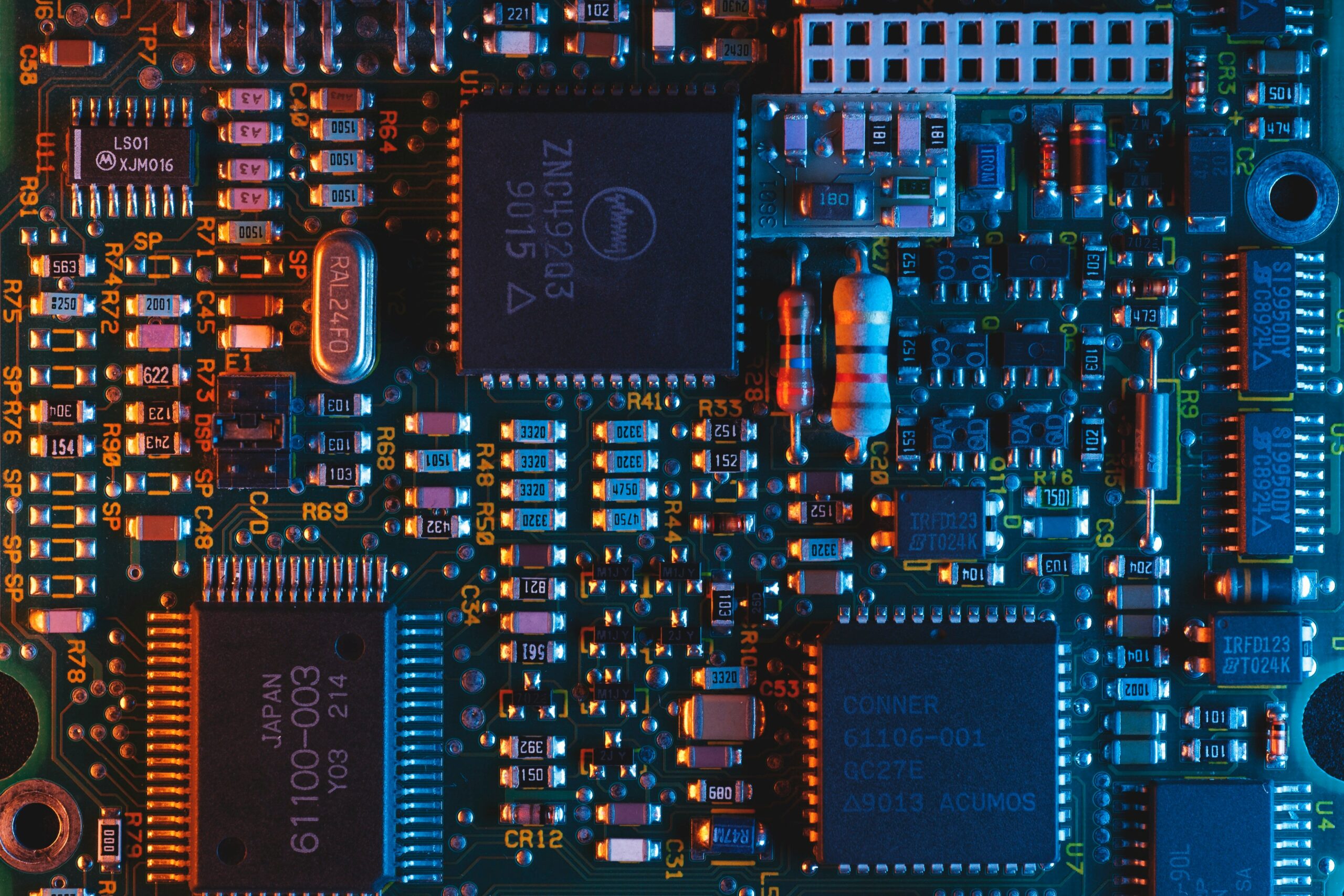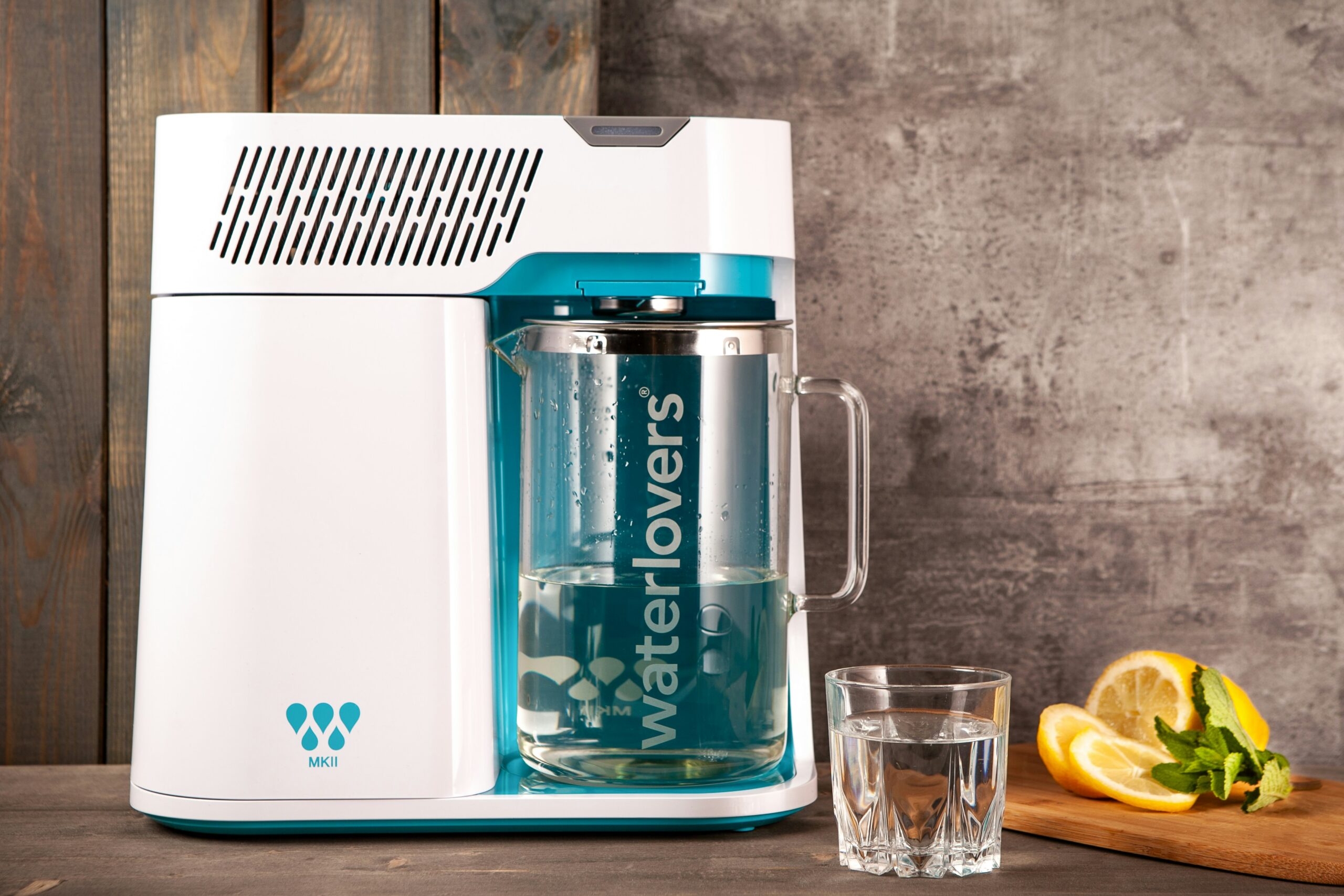Upgrading your computer’s RAM is a great way to enhance its performance, speed up multitasking, and future-proof your system for upcoming software demands. This detailed guide will walk you through the entire process, from understanding your computer’s requirements to the physical installation of the new RAM modules.
Step 1: Understanding Your RAM Needs
Identify Your Current RAM Specifications:
- Check Physically: Open your computer’s case and locate the RAM slots. Each RAM stick will have a label indicating its type (DDR3, DDR4, etc.), speed (measured in MHz), and capacity (measured in GB).
- Use Software Tools: Tools like CPU-Z (Windows) or System Information (macOS) can provide detailed information about your current RAM configuration, including the type, speed, and slots used.
Motherboard Compatibility:
- Consult the Manual: Your motherboard’s manual will provide essential information about the supported RAM types, maximum capacity, and the number of slots available.
- Manufacturer’s Website: If you don’t have the manual, check the motherboard manufacturer’s website for the same details.
Operating System Limits:
- Windows: Different versions of Windows have different maximum RAM capacities. For instance, Windows 10 Home supports up to 128GB, while Windows 10 Pro supports up to 2TB.
- macOS: Generally supports up to 128GB depending on the model, but this can vary significantly between different Mac computers.
Step 2: Purchasing the Right RAM
Match the Specifications:
- Type and Speed: Ensure the new RAM matches the type (e.g., DDR4) and speed (e.g., 3200MHz) of your current RAM or the maximum your motherboard supports.
- Capacity: Decide on the total capacity you need. Common setups include 8GB, 16GB, 32GB, and higher.
Choose a Reliable Brand:
- Reputable Brands: Look for brands like Corsair, G.Skill, Kingston, and Crucial, which are known for their quality and reliability.
- Warranty and Support: Check for a good warranty period and customer support in case you encounter any issues.
Compatibility Kits:
- Matched Pairs: If possible, buy RAM in matched pairs or kits designed to work together. This can improve stability and performance, particularly with dual-channel motherboards.
Step 3: Preparing Your Computer
Safety First:
- Power Down: Completely shut down your computer and unplug all cables, including the power cord.
- Discharge Static Electricity: Wear an anti-static wrist strap or frequently touch a metal object to discharge static electricity, which can damage sensitive computer components.
Opening the Case:
- Desktop: Use a screwdriver to remove the side panel(s) of your desktop case. Typically, this involves unscrewing a few screws at the back of the case.
- Laptop: Depending on the model, you may need to remove the bottom panel, which might involve unscrewing several screws. Refer to your laptop’s manual for specific instructions.
Step 4: Installing the RAM
Locate the RAM Slots:
- Desktop Motherboard: RAM slots are usually located near the CPU. They are long and may have clips on either end.
- Laptop: RAM slots are often found under a removable panel on the bottom or sometimes under the keyboard.
Removing Existing RAM (If Necessary):
- Release the Clips: Gently push the clips on either side of the RAM module to release it. The RAM stick should pop up slightly, allowing you to pull it out.
- Handle with Care: Hold RAM modules by the edges to avoid touching the gold connectors or circuitry.
Inserting New RAM:
- Align the Notch: Ensure the notch on the bottom of the RAM module aligns with the key in the RAM slot.
- Firm Pressure: Insert the RAM module into the slot at a slight angle, then press down firmly and evenly until the clips on either side snap into place. You should hear or feel a click.
Repeat as Necessary:
- Additional Modules: If you’re adding more than one RAM stick, repeat the process for each module.
Step 5: Reassemble and Test
Close the Case:
- Desktop: Replace the side panel and secure it with screws.
- Laptop: Reattach the bottom panel or keyboard and screw it back into place.
Reconnect and Power On:
- Reattach Cables: Reconnect all cables, including the power cord, monitor, keyboard, and mouse.
- Boot the System: Turn on your computer. It should boot normally, and you should notice faster performance if the RAM upgrade was successful.
Verify Installation:
- Windows: Right-click on “This PC” or “My Computer” and select “Properties” to see the installed RAM.
- macOS: Click the Apple menu, select “About This Mac,” and check the Memory tab.
Troubleshooting
Common Issues and Solutions:
- System Doesn’t Boot: Ensure the RAM is properly seated and the clips are fully engaged. Double-check that the RAM is compatible with your motherboard.
- BIOS/UEFI Settings: Sometimes, you might need to enter the BIOS/UEFI settings to ensure the new RAM is recognized and configured correctly.
- Check for Updates: Make sure your BIOS/UEFI is updated to the latest version, as some RAM modules require updated firmware to function properly.
Advanced Troubleshooting:
- Memtest86+: Run a memory diagnostic tool like Memtest86+ to check for errors in the new RAM. This tool is available for free and can be run from a bootable USB drive.
- Single Stick Testing: If problems persist, try installing one RAM stick at a time to isolate any faulty module.
Additional Tips and Considerations
Dual-Channel Memory:
- Performance Boost: Using RAM in pairs (dual-channel) can offer a significant performance boost. Ensure the RAM sticks are installed in the correct slots for dual-channel operation, as indicated in your motherboard’s manual.
Heat Sinks and Cooling:
- High-Performance RAM: If you are installing high-performance RAM, consider modules with heat sinks to help dissipate heat and maintain stability.
Future-Proofing:
- More RAM than Needed: While it’s tempting to add as much RAM as possible, consider your actual needs. For gaming and general use, 16GB to 32GB is typically sufficient. More RAM is beneficial for tasks like video editing and running virtual machines.
Eco-Friendly Disposal:
- Old RAM: Don’t just throw away old RAM. Consider donating it, selling it, or recycling it properly to reduce electronic waste.
Adding More RAM to Your Computer: 50 Frequently Asked Questions
1. Why should I upgrade my RAM? Upgrading your RAM can significantly improve your computer’s performance, especially in multitasking, gaming, and running memory-intensive applications.
2. How do I know if I need more RAM? If your computer is slow, struggles with multitasking, or frequently displays memory errors, you might benefit from more RAM.
3. What type of RAM does my computer need? Check your motherboard’s manual or use software tools like CPU-Z to determine the type of RAM your system supports (e.g., DDR3, DDR4).
4. How much RAM does my operating system support? Different operating systems have different limits. For example, Windows 10 Home supports up to 128GB, while Windows 10 Pro supports up to 2TB.
5. Can I mix different brands of RAM? Yes, but it’s recommended to use identical RAM sticks to avoid compatibility issues.
6. Can I mix different sizes of RAM? You can, but for optimal performance, it’s best to use sticks of the same size and speed.
7. What is dual-channel memory? Dual-channel memory is a technology that allows two RAM modules to be accessed simultaneously, effectively doubling the data transfer rate.
8. How can I tell if my computer is using dual-channel memory? Check your motherboard manual or use system information tools to see if dual-channel mode is enabled.
9. What is the maximum RAM my motherboard can support? Refer to your motherboard’s manual or the manufacturer’s website for maximum RAM capacity.
10. How do I physically install new RAM? Power down your computer, open the case, locate the RAM slots, and insert the new RAM sticks, ensuring they are securely in place.
11. Do I need to change any settings after installing new RAM? Usually, your computer will recognize the new RAM automatically. However, you might need to enter BIOS/UEFI settings to configure it correctly.
12. What should I do if my computer doesn’t recognize the new RAM? Ensure the RAM is properly seated, check compatibility, and update your BIOS/UEFI if necessary.
13. How can I check how much RAM is currently installed? On Windows, right-click on “This PC” and select “Properties.” On macOS, click the Apple menu and select “About This Mac.”
14. What is the difference between DDR3 and DDR4 RAM? DDR4 RAM offers higher speed, larger capacity, and better power efficiency compared to DDR3.
15. Can I use DDR3 and DDR4 RAM together? No, DDR3 and DDR4 are not compatible due to different pin configurations and electrical requirements.
16. What is ECC RAM? Error-Correcting Code (ECC) RAM can detect and correct internal data corruption, typically used in servers and workstations.
17. Do I need ECC RAM? ECC RAM is generally not necessary for home or gaming PCs but is beneficial for servers and critical workstations.
18. How do I safely handle RAM modules? Avoid touching the gold connectors, handle by the edges, and ground yourself to prevent static discharge.
19. What tools do I need to install RAM? Typically, you only need a screwdriver to open the case. Anti-static wristbands are recommended to prevent static damage.
20. How do I know if my RAM is faulty? Use diagnostic tools like Memtest86 to check for errors in your RAM modules.
21. What is the difference between RAM and storage? RAM is volatile memory used for temporary data storage while the computer is running. Storage refers to long-term data storage devices like HDDs or SSDs.
22. How does adding more RAM improve gaming performance? More RAM can reduce load times, improve frame rates, and allow for smoother multitasking while gaming.
23. Can I upgrade the RAM on my laptop? Many laptops allow RAM upgrades, but some models have soldered RAM that cannot be upgraded. Check your laptop’s manual for details.
24. How do I check my laptop’s RAM compatibility? Refer to your laptop’s manual or use system information tools to check the type and maximum capacity of RAM supported.
25. What is SODIMM? Small Outline Dual In-line Memory Module (SODIMM) is a type of RAM used in laptops and compact computers.
26. Can I install desktop RAM in a laptop? No, desktop RAM (DIMM) and laptop RAM (SODIMM) are different sizes and not interchangeable.
27. How can I optimize my computer’s performance with new RAM? Along with adding more RAM, consider optimizing your system settings, updating drivers, and cleaning up your hard drive.
28. What is the difference between RAM speed and latency? RAM speed (measured in MHz) indicates how fast the RAM can process data. Latency refers to the delay before the RAM can respond to a request.
29. Does higher RAM speed improve performance? Higher RAM speed can improve performance, but the actual benefit depends on the specific applications and tasks you are running.
30. How do I choose the right RAM speed? Choose a RAM speed supported by your motherboard and CPU. Check the motherboard manual for supported RAM speeds.
31. Can I overclock my RAM? Yes, many RAM modules support overclocking, but it requires careful adjustment of settings in the BIOS/UEFI.
32. What are heat sinks on RAM modules? Heat sinks help dissipate heat generated by the RAM, which can be beneficial for stability and performance, especially when overclocking.
33. Is it worth investing in RAM with heat sinks? Heat sinks are beneficial for high-performance or overclocked systems but are not necessary for standard use.
34. Can upgrading RAM fix a slow computer? Adding more RAM can improve performance, but other factors like the CPU, storage, and overall system health also play a role.
35. How often should I clean my computer’s RAM? Physically cleaning RAM is rarely necessary, but ensuring the computer’s interior is free of dust can help maintain overall performance.
36. What is the best way to clean RAM slots? Use compressed air to gently blow out dust from the RAM slots. Avoid using liquid cleaners.
37. How long does RAM typically last? RAM can last many years, but its lifespan can be affected by factors like power surges, heat, and overclocking.
38. What is virtual memory? Virtual memory is a portion of your hard drive used as additional RAM by the operating system when physical RAM is full.
39. Can adding more RAM reduce the need for virtual memory? Yes, more RAM can reduce reliance on virtual memory, leading to better performance.
40. Is more RAM always better? More RAM can improve performance, but there is a point of diminishing returns depending on your usage. For most users, 16GB to 32GB is sufficient.
41. How do I dispose of old RAM modules? Recycle old RAM at electronic waste facilities or through manufacturer recycling programs to reduce environmental impact.
42. Can I use RAM from an old computer in a new one? Only if the RAM type (e.g., DDR3, DDR4) and specifications match the new computer’s requirements.
43. How does RAM affect video editing? More RAM allows for smoother editing, faster rendering, and better handling of large video files and multiple applications.
44. What is the difference between RAM and VRAM? VRAM (Video RAM) is used by the GPU to store graphical data, whereas RAM is used by the CPU for general system tasks.
45. Can adding more RAM improve VRAM performance? No, VRAM is separate from system RAM and is specific to the GPU.
46. What is XMP in RAM settings? Extreme Memory Profile (XMP) is a technology that allows you to easily overclock your RAM by selecting pre-configured profiles in the BIOS/UEFI.
47. How do I enable XMP for my RAM? Enter your BIOS/UEFI settings and find the XMP option. Enable it and select the desired profile.
48. What should I do if my RAM is not working after installation? Re-seat the RAM, check for compatibility, update your BIOS/UEFI, and test with one stick at a time to identify issues.
49. What are the signs of faulty RAM? Common signs include frequent crashes, system freezes, blue screen errors, and memory errors during boot-up.
50. How can I test my RAM’s performance? Use benchmarking tools and memory diagnostic programs like Memtest86 to evaluate RAM performance and stability.
Conclusion
Upgrading your RAM is a straightforward process that can significantly enhance your computer’s performance. By following these detailed steps, you can confidently add more RAM to your system and enjoy smoother multitasking, faster application load times, and an overall more responsive computing experience. Whether you’re a gamer, a professional, or an everyday user, more RAM can make a noticeable difference in your computer’s capabilities.



